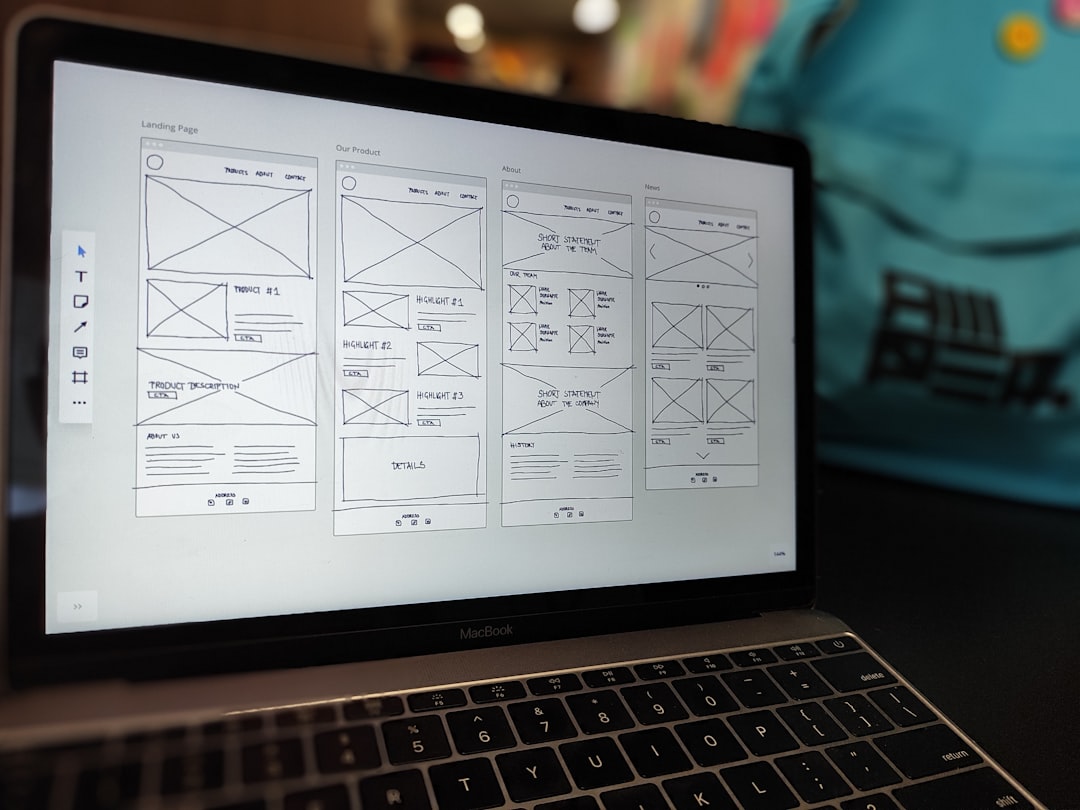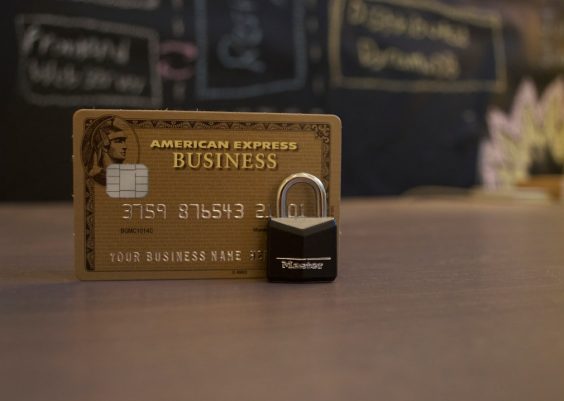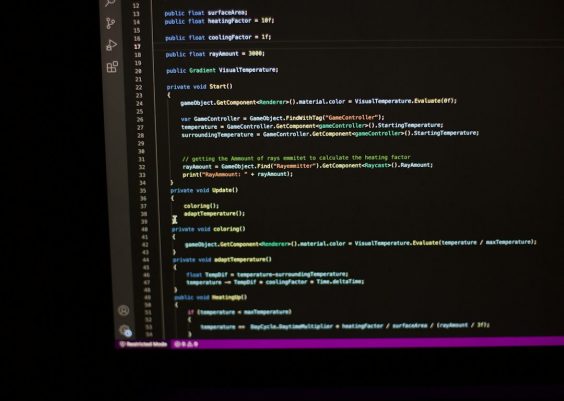Building an app no longer requires coding expertise or a team of developers. Thanks to modern no-code platforms, anyone with an idea can create a functional app in less than an hour. Whether you’re a startup founder, a small business owner, or just someone curious about app development, this guide will walk you through the process step-by-step.
What is a No-Code App Builder?
No-code platforms are software tools that allow users to build applications using drag-and-drop interfaces instead of writing code. These platforms streamline the development process by offering pre-built components and logic flows. Popular no-code platforms include Adalo, Bubble, Glide, and Thunkable.
Choosing the Right No-Code Platform
The first step is to choose the right platform based on your app’s needs. Here is a quick guide for selecting an appropriate tool:
- Adalo: Ideal for mobile-first apps with user authentication, databases, and sleek UI components.
- Bubble: Best for web apps with complex workflows and database management.
- Glide: Excellent for simple mobile or web applications built from a Google Sheet.
- Thunkable: Great for cross-platform mobile apps with logic and design flexibility.

Planning Your App Structure (10 Minutes)
Even a no-code app needs a clear plan. Before diving into the platform, spend a few minutes outlining what your app will do and what kind of screens it will need. Write down:
- Your app’s core functionality (e.g., to-do list, booking system, e-commerce)
- User flows (how users interact with the app)
- Data relationships (e.g., users, tasks, orders)
This mental or written sketch will save time and mistakes during the build process.
Building Your App (30–35 Minutes)
Here is a breakdown of how you can build your app in a timely manner using a no-code platform like Adalo or Glide:
- Create a New Project: Sign up and start a blank or pre-designed template. Name your project and define its type (mobile, web, or desktop).
- Design the Interface: Use drag-and-drop elements like buttons, input fields, lists, and images to format your app screens. Aim for a simple and intuitive layout.
- Set Up Data: Define your database structure. For example, for a task app, you may create two tables: Users and Tasks. Ensure relationships are properly linked (e.g., one user → many tasks).
- Add Logic and Workflows: Configure each component’s behavior. For instance, link a button to create a new record in your data, or setup user login functionalities. Platforms like Bubble allow precise control over workflows and conditions.
- Preview and Test: Use the built-in testing tools to simulate how your app works. Test for bugs, dead ends, and broken logic. Fix UI gaps to ensure it works fluidly on all screens.

Publishing Your App (10–15 Minutes)
Once satisfied with your app’s operation, it’s time to publish:
- Web Apps: Platforms like Bubble offer a direct web-link where you can view and share your app instantly. You can also connect a custom domain.
- Mobile Apps: Adalo and Thunkable let you generate an APK file or submit directly to the App Store and Google Play. The publishing process may take longer if you’re submitting to app stores, so consider local testing before submission.
Remember to test thoroughly, even after publishing. Real-world usage often brings unexpected bugs or usability issues.
Tips for Success
- Start simple: Focus on one core feature first. You can always expand later.
- Use templates: Many platforms have community-driven templates you can customize quickly.
- Explore integrations: Connect with services like Airtable, Zapier, or Stripe to add more power to your build.
- Keep testing: Frequent testing helps you spot usability and functionality issues early.
Conclusion
No-code tools are changing the landscape of software development, making it more accessible than ever before. With a structured approach and the right platform, you can bring your idea to life in under an hour. Whether you’re an entrepreneur validating an MVP or a business streamlining internal operations, no-code solutions offer a fast, affordable, and effective path to innovation.
With a small time investment and no coding background, you’re now equipped to create a fully functional app today.




